
OR
Budget 2022/23: Populist and ill-planned?
Published On: June 1, 2022 05:50 PM NPT By: Moktsya Poudyal
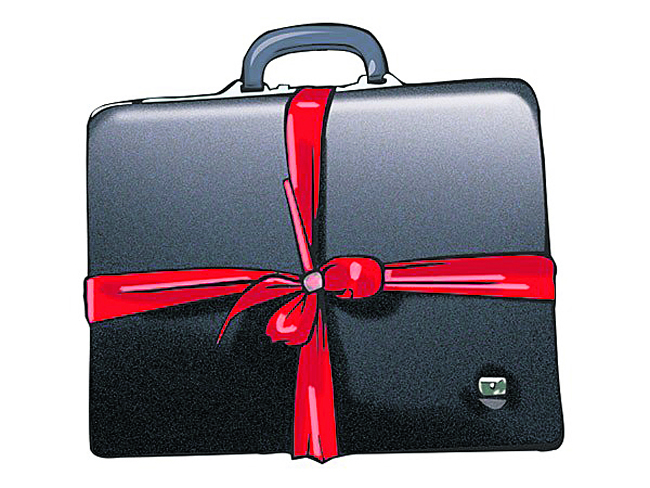
KATHMANDU, June 1: On May 29, the government introduced a budget of Rs 1.793 trillion for the fiscal year 2022/23, an increase of around Rs 146 billion from that allocated for the current fiscal year (2021/22). The bloated budget comes at a time when the government is struggling to meet its revenue target and the economy experiences an inflation rate of 7.28 percent. Experts speculate on the appropriateness of such a budget, especially as an economic crisis looms large on the immediate horizon.
Unveiling the budget for the upcoming fiscal year before the joint session of the Federal Parliament, Finance Minister Janardan Sharma announced that the budget would be financed from government revenue, internal loans, foreign loans and foreign grants — Rs 1.240 trillion from revenue mobilization, Rs 256 billion from internal loans, Rs 242.26 billion from foreign loans and Rs 55.46 billion from foreign grants. According to the Financial Comptroller General Office, with just a month and a half left for the end of the current fiscal year, the government has been able to collect only 76.02% of the revenue target — a figure that is roughly equal to Rs 897 billion.
Insufficient revenue collection will increase pressure on foreign loans and internal loans to finance the rest of the budget, escalating the national debt of the country. According to publications made available by Nepal Rastra Bank, the national debt in 2020/21 was 40.4% of the GDP where domestic debt added up to 18.7% while foreign debt was 21.7%.
Economist Gyanendra Adhikari says, “The trend is that our economy has consistently been more reliant on foreign loans than domestic loans for financing the budget. We need not worry much if the loans are used in development activities or building the country. However, it is a reason for concern if the country is taking foreign loans and using them to finance recurrent expenditure. Increasing national debt, then, would escalate risks of falling into a debt trap.”
For instance, the economy of Greece has been in a huge debt trap since the Great Recession after the country announced a budget deficit of 15.4% of the GDP in 2009 and took foreign loans to finance recurrent expenditure.
The budget announced on Sunday allocates Rs 753.40 billion for recurrent expenditure which is an increase of Rs 74.79 billion from the amounht allocated for the current fiscal year. On the other hand, capital expenditure receives Rs 380 billion, an increase of only Rs 6 billion. “We witness that the rate at which capital expenditure has been increased for the coming fiscal year is lesser than that of the previous years; whereas recurrent expenditure has increased significantly,” mentions Adhikari. The budget puts more emphasis on recurrent expenditure than capital expenditure.
“The budget consists of plans that cater more toward gathering votes in the next election,” says economist Ram Prasad Gyawali. Echoing Gyawali, Adhikari adds that policies like reducing the eligible age for the old-age allowance, distributing an electric stove to each household for free, etc., seem more politically motivated than economically.
Policies regarding increasing the salaries of government employees, pensioners, teachers, army, and police; increasing minimum income tax slabs; reducing minimum eligible age for old-age allowance, etc., help strengthen the aggregate demand of the economy. However, since the budget has not increased the capital expenditure correspondingly, the increase in aggregate demand would not be supported by an increase in aggregate supply. This is likely to lead to a situation experts term ‘demand-pull inflation’.
Both Gyawali and Adhikari are of the opinion that factors such as the Russia-Ukraine war have caused the price of petroleum products to increase in the international market and if such an international environment is to persist, then the cost of production in Nepal is likely to increase even more, thereby instigating cost-push inflation as well.
Nepal Rastra Bank reports that the year-on-year inflation of Nepal in the ninth month of the fiscal year 2021/22 stood at 7.28%. Experts argue that the inflation rate of anywhere around 2% is healthy. An inflation rate of 7.28% is already alarming. The combined effect of demand-pull inflation and cost-push inflation would further increase the inflation rate of the economy. Both Gyawali and Adhikari believe if such is to happen, it is highly probable for the inflation rate to reach a double-digit figure in the upcoming fiscal year.
You May Like This
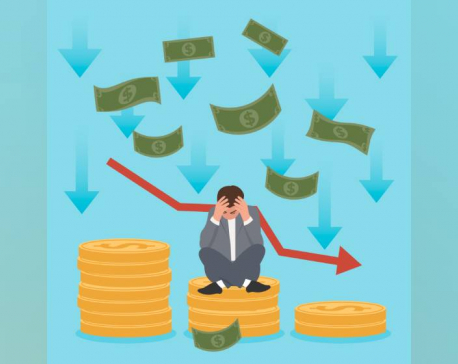
Nepal's Economy Faces External Dependency Nightmare
As the preparation for the federal budget for the next fiscal year is under full swing, the Ministry of Finance... Read More...
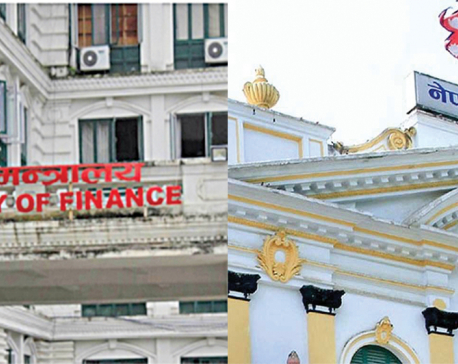
Bodies responsible for improving the sliding economy are at odds
KATHMANDU, July 17: It has been a year since the problem began to appear in the country’s external sector. The... Read More...
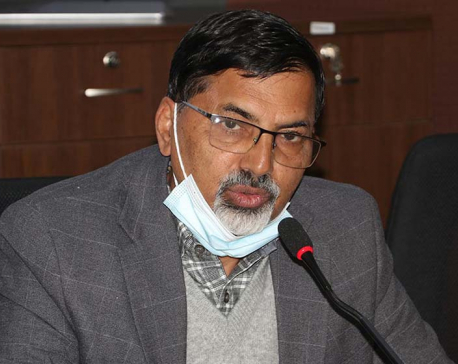
Economy not in peril: FinMin Sharma
KATHMANDU, April 11: Finance Minister Janardan Sharma has said Nepal’s economy is not in peril. Talking to media persons at... Read More...
Just In
- Over 16,000 paragliding flights conducted in one year in Pokhara
- MoPIT prepares draft of National Road Safety Act, proposes rescue within an hour of an accident
- Light rainfall likely in hilly areas of Koshi, Bagmati, Gandaki and Karnali provinces
- Customs revenue collection surpasses target at Tatopani border, Falls behind at Rasuwagadhi border in Q3
- Rain shocks: On the monsoon in 2024
- Govt receives 1,658 proposals for startup loans; Minimum of 50 points required for eligibility
- Unified Socialist leader Sodari appointed Sudurpaschim CM
- One Nepali dies in UAE flood











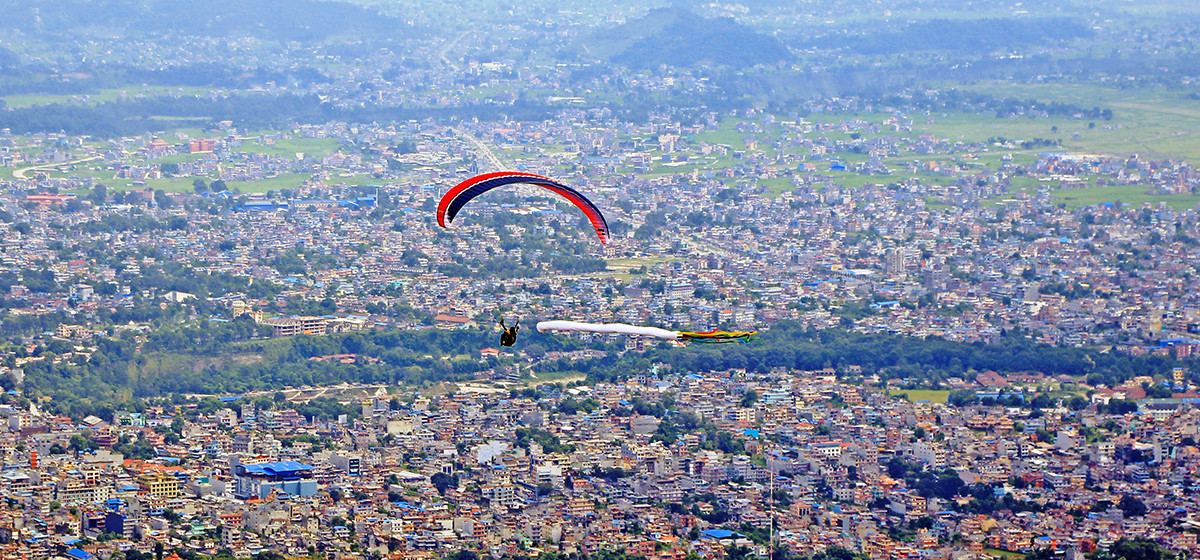
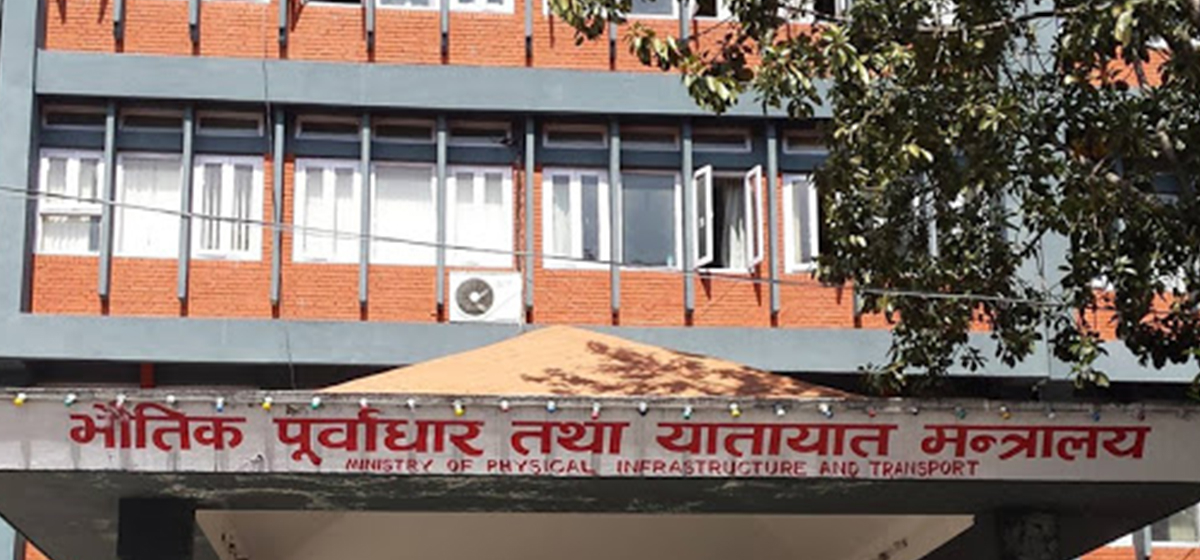





Leave A Comment